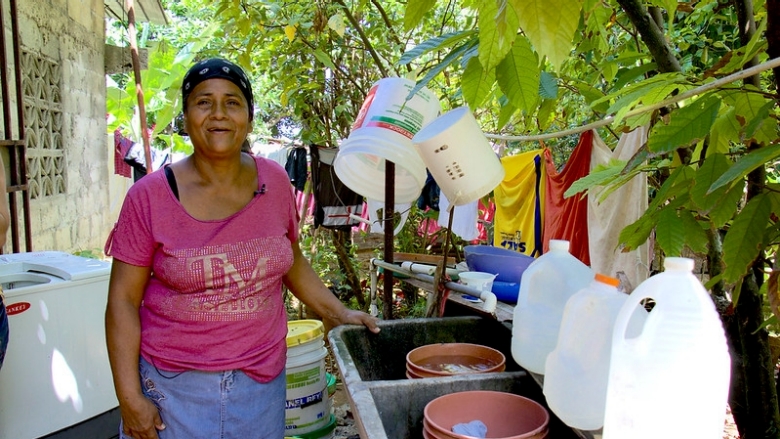Challenge
In 2014, even after a decade as one of the fastest growing economies worldwide, Panama continued to face several challenges. In particular, Panama had left many groups behind, with just 37 percent of the extreme poor benefiting from any social assistance programs. In addition, high energy subsidies — worth $320 million — were swallowing fiscal resources and encouraging energy inefficiency. At the same time, the expansion of the Panama Canal increased demand for water. Following the April 2016 leak of the “Panama Papers,” new challenges related to anti-money laundering and tax transparency were revealed. The government urgently sought to address these key challenges.
Approach
The Programmatic Shared Prosperity Development Policy Loan (DPL) series aimed to address some of the key weaknesses Panama was experiencing despite its recent fast growth, including the need to improve the lives of those “left behind” by the economic growth as well as challenges related to global public goods. Thus, the series supported expanded social assistance coverage and improved targeting, increased ease of access to social assistance, improved education access and the effective use of educational data, reduced energy subsidies, and improved the set-up of water management institutions. In addition, the series was adapted to include reforms aimed at bringing Panama closer to global best practice in tax transparency and anti-money laundering. The series was built on lessons learned from previous engagements in Panama as well as experiences from other upper middle-income countries. The analytical work underpinning the operation included the 2015 Panama Systematic Country Diagnostic, the 2015 Panama Public Expenditure Review, and the 2015 Assessment of social spending for Central American countries including Panama. The latter analyzed the fiscal sustainability and effectiveness of social programs, providing recommendations for short- and medium-term reforms.
